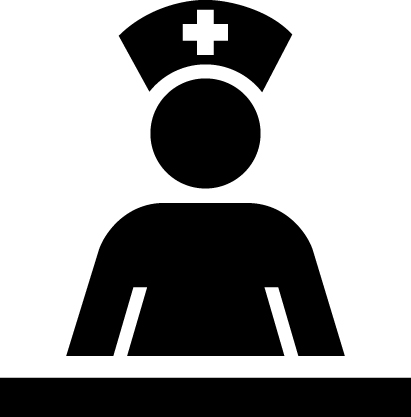As May draws to a close, it’s important for us to remember that it is Mental Health Awareness Month. Join CCN as we work to shine a light on mental health issues. We all need to work together to overcome social stigmas that prevent diagnosis and treatment.
Mental health issues affect people from all different backgrounds and at all different ages. According to many sources, 1 in 5 Americans (that’s about 43 million people) are suffering from a mental health issue, although not all of them are receiving help. However, many health insurance plans (including those under the ACA) cover mental health services. If you feel you may benefit from treatment, call your insurance company to see what is covered.
Here are some other facts to keep in mind from the National Institute of Mental Health:
- Although 1 in 5 Americans have some mental health issue, many of these are not seriously debilitating. 1 in 25 American adults experience serious functional challenges due to a major mental health disorder such as schizophrenia or bipolar type I.
- Mental health issues can be dangerous, like many physical health issues. Over 40,000 people committed suicide in 2013. That’s about as many people who died of breast cancer. The highest risk group for suicides are men over the age of 60.
- Mental health disorders DO respond to treatment. Up to 85% of the most seriously depressed people respond to treatment while 75% of people with schizophrenia experience long-term improvement in their mental health status. Lithium is very successful at treating bipolar disorder. Many, many people benefit from mental health treatment, even in the most serious of cases.
If you feel you or someone you know can benefit from mental health treatment, don’t delay getting help.
For more help, contact Compassionate Care Network at 773-775-3600.




